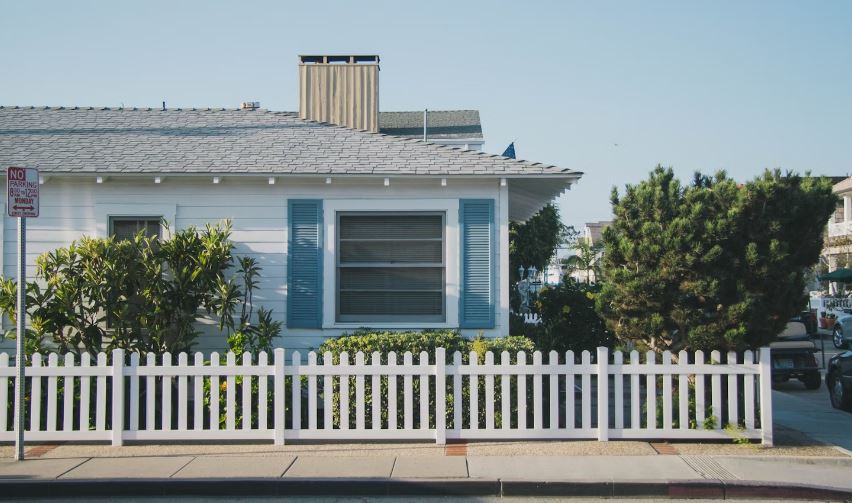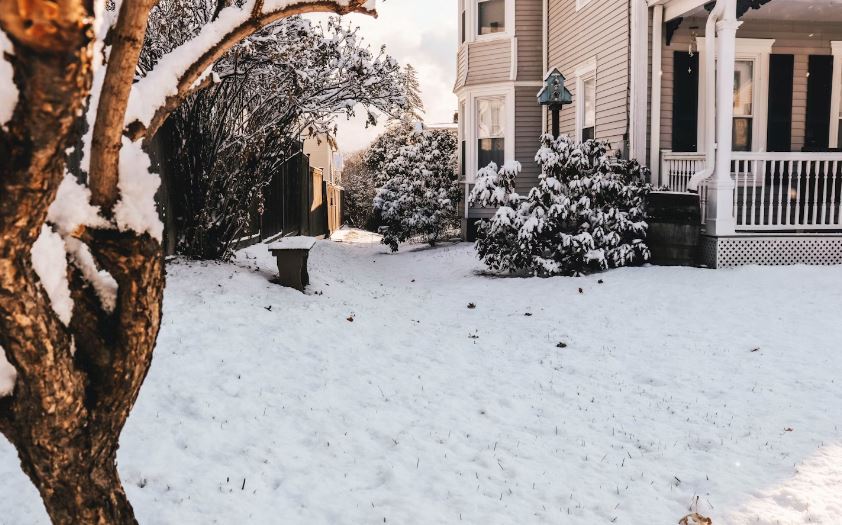If you're trying to sell a distressed home, timing is everything.
Choosing the right time to put your property on the market can make a huge difference in how quickly it sells and for how much.
In this post, I’ll shed some light on the best and worst months to sell distressed properties.
Plus, I’ll also go over the other factors that can influence the best time to sell them.
If You Are Facing Foreclosure Or Other Deadlines
Unfortunately, if you are in pre foreclosure or foreclosure, you don’t have the luxury of time. You need to sell as quickly as possible, even if it is not during the peak selling season.
The same goes for bankruptcy sales or divorce sales (unless your ex is on good terms).
If you don’t sell it right away, you could face additional financial penalties and legal consequences.
So list the home as soon as you can to allow the maximum time to market the property.
Accept the first reasonable offer you receive to complete the sale before your deadline.
Cash buyers, such as Sell Your Property Fast, are also an option here. They can close deals really fast and they'll buy your home as-is. Plus, they’ll usually cover all the closing costs and fees.
Best Time To Sell Other Distressed Homes
If your distressed property does not have a pressing timeline, like:
You have the chance to time your sale properly and make more money.

And I’ll help you do that.
Here’s when you should sell and not sell:
Best Months to Sell
The best time to sell a house, even if it is a distressed house, is in the spring and early summer, from April to June.
This is when home buying is at its peak.
A lot of people buy homes in these months because the weather's nice, and families want to settle in before the next school year starts.
Since there are more buyers around, it's easier to get people interested in your place.
This could mean selling it quicker and for more money.
So list your home in March, April, May, June and even July.
Worst Months to Sell
The worst months to list your home are the fall and winter months of November - February.

It is the slowest season for home sales, and there are fewer active buyers looking during the holidays and cold weather.
You might have to drop your price quite a bit to even get people interested.
Plus, the winter weather can put off buyers from checking out homes, especially if it's hard to see the outside or landscaping.
Unless you have a deadline, don’t list your home in September through to February.
Other Factors Influencing Selling Time
Apart from the seasonality, there are a couple of other things that affect your timing:
Also Read: Selling A Distressed Property
Supply And Demand In The Housing Market
Beyond the seasonal trends, you also need to consider the overall supply and demand dynamics in the housing market.
When the market favors sellers, you can sell at a better price even in slower months.
But in a buyer's market, where there are too many homes and not enough buyers, you might need to think carefully about when to put your home on the market to get the best outcome.
Otherwise, you’d have to discount more to attract buyers even in peak seasons.
Local Market Trends And Conditions
Real estate markets differ a lot depending on where you are.
Different neighborhoods or areas might have their own seasonal trends or be affected by local events or changes that affect how buyers act.
Take a look at recent home sales and average days on market for your neighborhood.
This can give you insight into buyer demand.
Also research any significant local events, new construction, or economic changes that may impact the housing market.

